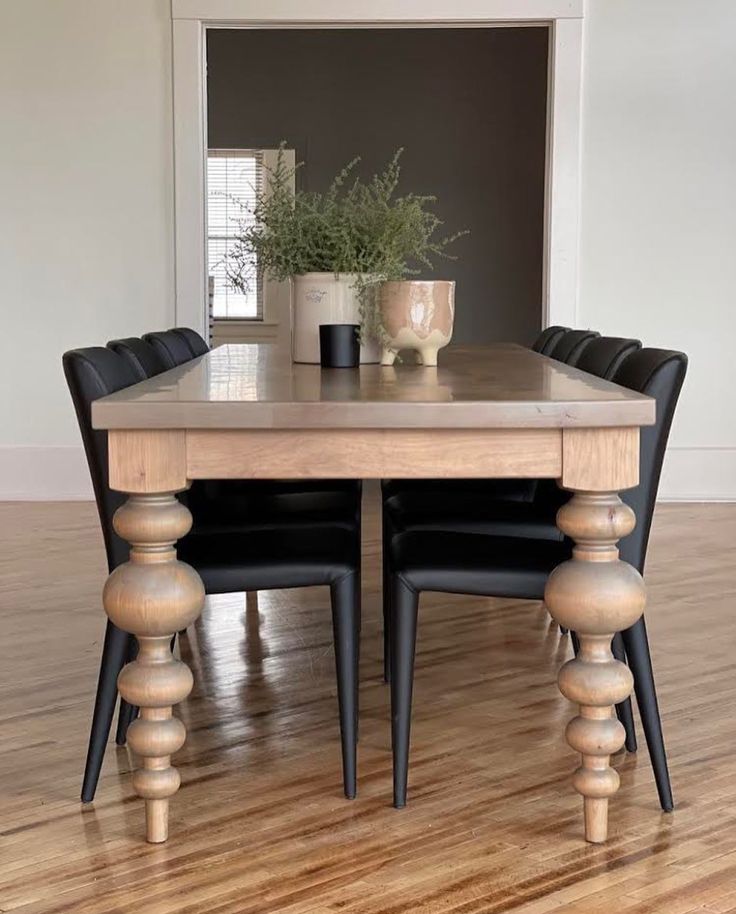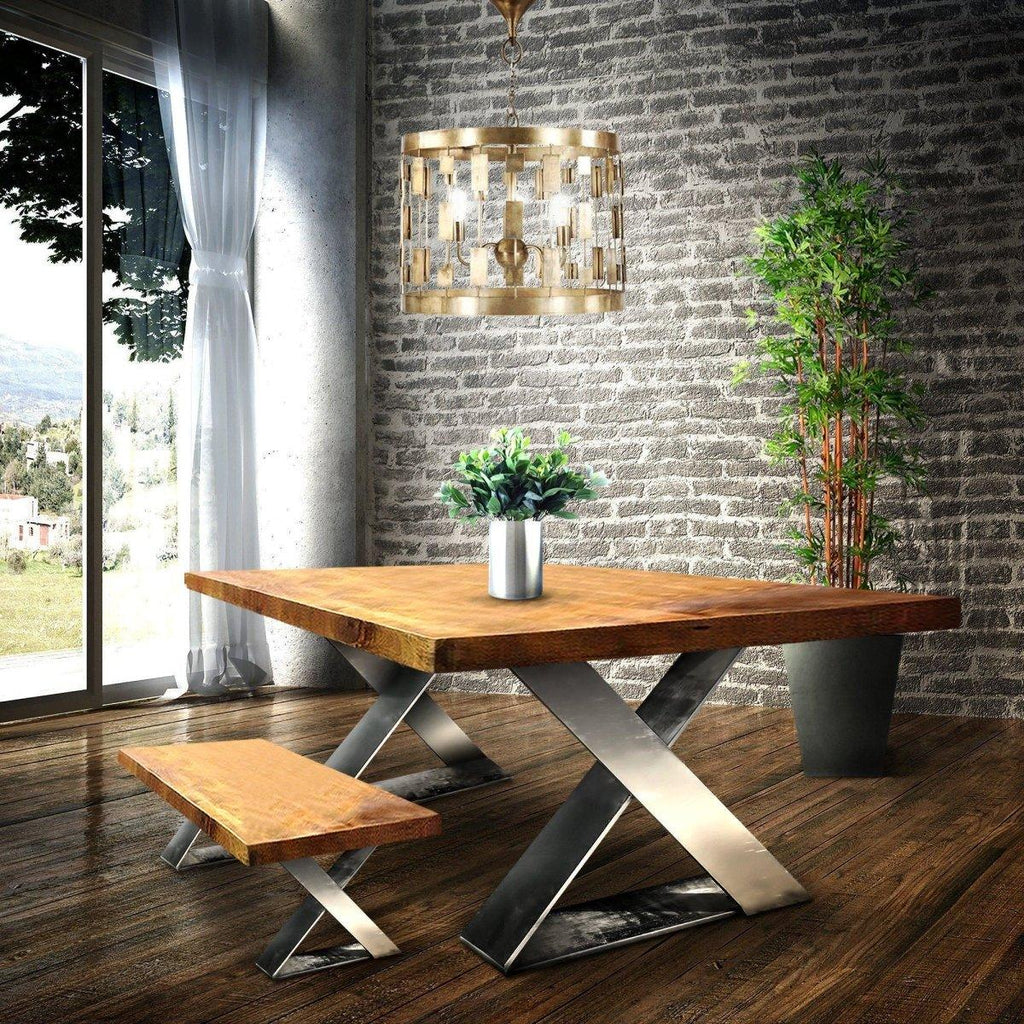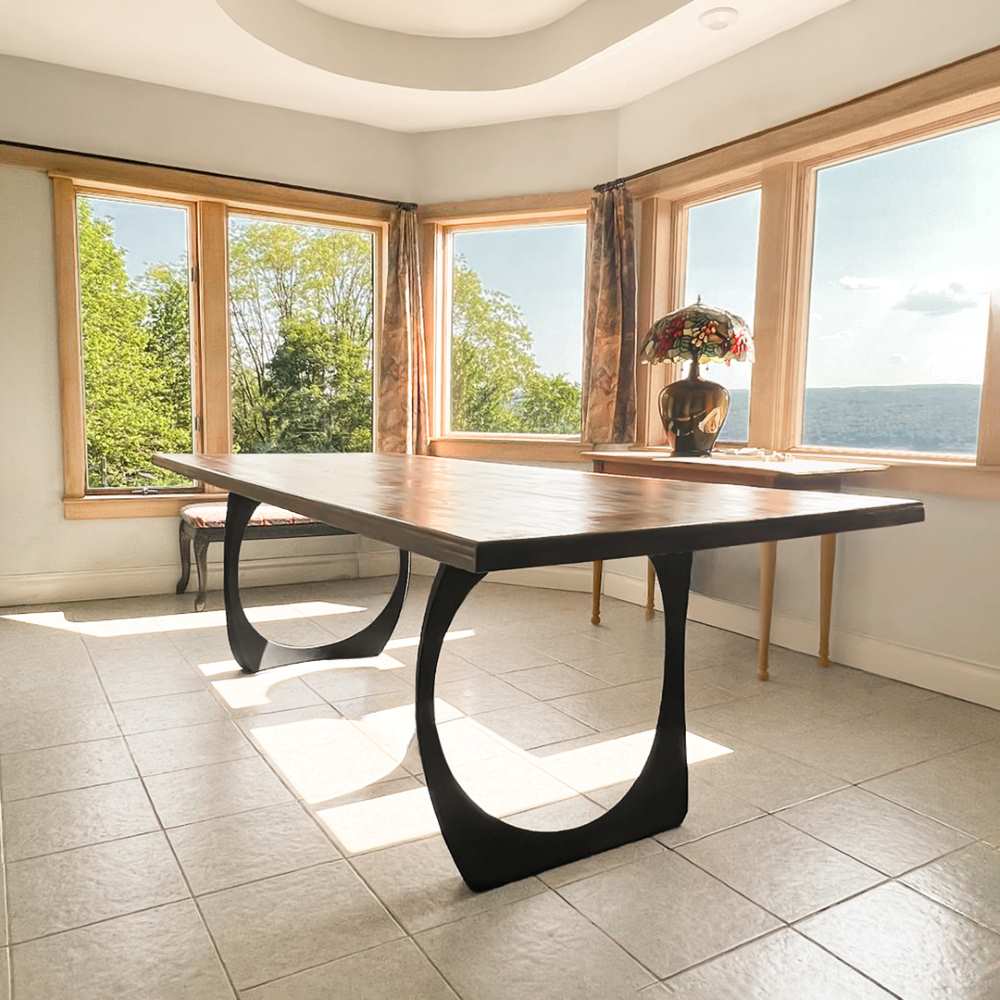Expert Tips for Setting Up Dining-room Table Legs for Optimum Security
When it comes to setting up dining-room table legs, attaining optimum stability is paramount for both performance and looks. The procedure begins with selecting the best materials and equipment, complied with by precise positioning and consideration of weight distribution. Each step plays a critical role in ensuring that the finished product withstands daily usage without jeopardizing safety and security or style stability. Nonetheless, recognizing the nuances of these elements can substantially influence the overall outcome. What certain strategies can boost stability also further?
Choose the Right Legs
When choosing the proper legs for your dining-room table, it is important to take into consideration both functionality and visual appeals. The legs you choose will substantially impact the general layout and stability of the table. Examine the table's meant use; if you expect regular celebrations, tougher legs, such as those made from strong timber or metal, may be a lot more suitable, as they supply boosted toughness and support.
Next, think about the elevation and style of the legs in relation to the tabletop. Standard table normally vary from 28 to 30 inches in elevation, so make sure the legs straighten with this requirement for convenience. The style of the legs ought to complement the design of the tabletop-- whether it be modern, rustic, or traditional. For example, conical legs can include a modern touch, while transformed legs might convey an extra traditional aesthetic.

Select Appropriate Equipment
Exactly how can the best hardware enhance the stability and longevity of your dining space table? The selection of ideal equipment is important to ensuring that the legs of your table are safely attached and able to endure normal use. Premium screws, bolts, and brackets give the essential stamina to support the weight of the table, along with any type of extra lots placed upon it throughout events or meals.
When selecting screws, select those made from sturdy products such as stainless steel or brass, which stand up to corrosion and preserve integrity over time. The size of the screws is just as essential; they should penetrate deeply right into the table's structure without endangering honesty. For bolted links, take into consideration using lock washers to avoid loosening because of vibration or movement.
Furthermore, making use of edge braces can include additional support, specifically for larger tables or those with larger tops. These brackets distribute weight evenly and help preserve the table's shape. Making sure that the hardware you choose is suitable for the details products of your table will certainly better enhance its general stability and long life, enabling you to appreciate your dining experience for many years ahead.
Ensure Appropriate Placement
Appropriate placement of dining i was reading this room table legs is important for both visual charm and useful security. To achieve optimum placement, start by gauging the distance from the table's edges to the leg add-on points.
Make use of a level during installation to confirm that each leg is perpendicular to the table top. It is a good idea to note the preferred leg positions on the underside of the table with a pencil or masking tape prior to protecting them.
In addition, verify the positioning after the preliminary screws are tightened up, as adjustments may be needed prior to completely protecting the equipment. By focusing on correct alignment, you not just boost the table's overall layout however also ensure that it continues to be stable and practical for many years to find.

Consider Weight Distribution
After ensuring appropriate positioning of the dining-room table legs, it is necessary to consider weight circulation to enhance security and functionality. my site dining room table legs. Appropriate weight circulation is crucial in stopping tottering and making certain that the table can support its desired load without danger of tipping or falling down
When positioning the legs, guarantee they are put at equal ranges from the center of the table to equally distribute the weight throughout the framework. Consider the weight of the table top and any things that will often relax on it, such as decorative items or tabletop home appliances. Tables with much heavier surface areas must ideally have legs positioned closer to the edges, as this maximizes the base of assistance and lessens the danger of instability.
Additionally, if the table is planned for usage in a high-traffic area, consider using larger materials for the legs or including stabilizing components, such as cross-bracing or a lower shelf - dining room table legs. These changes can aid maintain balance and protect against shifting throughout use. Ultimately, a well-considered weight circulation strategy will dramatically boost the table's overall efficiency, ensuring it stays a functional and eye-catching centerpiece for your eating room
Examination Security Prior To Use
Checking the security of the eating area table prior to usage is an essential action that ought to not be overlooked. If the table shows instability, determine the legs or joints that may require modification.
Following, examine that all bolts and screws are tightened up correctly. Loose links can result in instability and possible damages with time. If necessary, use wood adhesive on joints to enhance security, making Source sure to enable sufficient drying out time.

Conclusion
In verdict, the setup of dining-room table legs needs mindful consideration of materials, hardware, weight, and positioning distribution to attain maximum security. By choosing high-grade fasteners and tough legs, guaranteeing accurate alignment, and distributing weight evenly, the structural integrity of the table can be dramatically enhanced. Carrying out a security examination prior to regular usage better makes certain that the table will hold up against day-to-day pressures, consequently giving a trusted and safe dining experience.
When it comes to mounting eating room table legs, attaining optimum security is paramount for both performance and aesthetic appeals. The legs you choose will significantly influence the general style and stability of the table (dining room table legs). Conventional eating tables normally vary from 28 to 30 inches in elevation, so guarantee the legs straighten with this criterion for comfort.Proper positioning of dining room table legs is vital for both visual appeal and useful security.In verdict, the installation of eating area table legs requires cautious factor to consider of materials, weight, alignment, and hardware circulation to attain optimum security